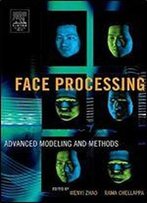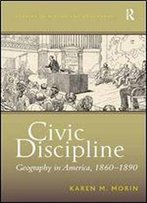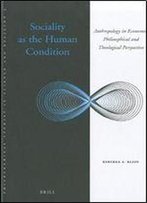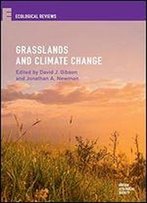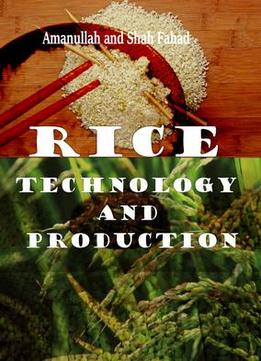
Rice: Technology And Production
by Amanullah /
2017 / English / PDF
216.8 MB Download
This volume is dedicated to sustainable rice production practices - those which increase rice productivity and its quality; improve soil fertility and health; increase water use efficiency and conservation, and increase diversification of rice fields, growers' income, and climate resilience.
Rice is life, for most people living in Asia. Rice has shaped the cultures, diets, and economies of thousands of millions of people. Growing, selling, and eating rice are integral to the culture of many countries. Products of the rice plant are used for a number of different purposes, such as fuel, thatching, industrial starch, and artwork.
Rice is the staple food of more than half of the world's population - more than 3.5 billion people depend on rice for more than 20% of their daily calories. Asia accounts for 90% of global rice consumption, exceeding 100 kg per capita annually in many countries.
Keeping in view the importance of rice, the United Nations declared 2004 as the International Year of Rice. Food security, which is the condition of having enough food to provide adequate nutrition for a healthy life, is a critical issue.
Sustainable rice production is important for food self-sufficiency and food security in changing climates.
Preface
1 Rice Crop Responses to Global Warming: An Overview
2 Effect of Yeast Fermented Brown Rice Flour Substitution on Nutritional, Rheological and Textural Properties of Steamed Brown Rice Bread
3 Soil Stabilization with Rice Husk Ash
4 Nano-Silicate from Paddy Waste as Natural Corrosion Inhibitor
5 Silica from Rice as New Drug Delivery Systems
6 Physical and Chemical Characterization of Rice Using Microwave and Laboratory Methods
